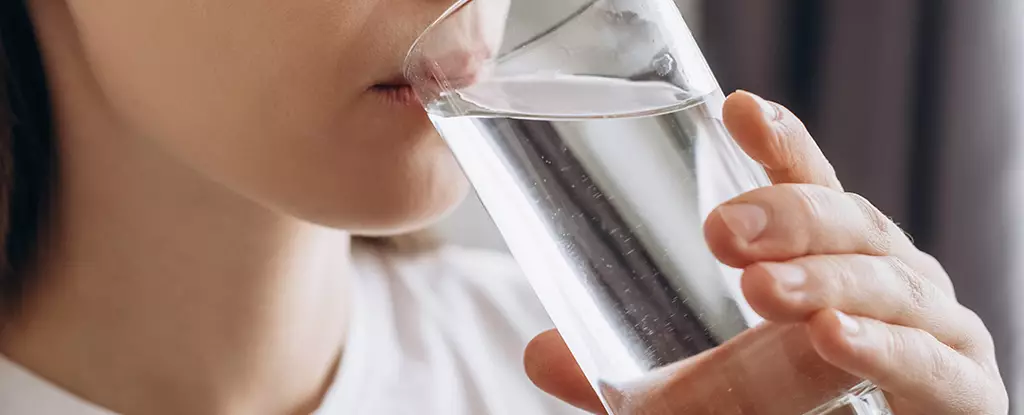Microplastics, the minuscule remnants of plastic that are increasingly infiltrating our environment, are gradually becoming a significant concern for human health. These tiny fragments can be ingested through food and beverages, thus entering our bodies with astonishing regularity. Recent breakthroughs from a team of scientists in China have illuminated a promising method to mitigate this escalating issue, centering around a seemingly mundane kitchen practice: boiling water.
The ubiquitous presence of microplastics in our daily lives poses a worrying dilemma. Research indicates that our drinking water can harbor particles from various plastic types, such as polystyrene, polyethylene, and polypropylene. In an era when industrial plastics are pervasive, the potential health implications linked to their consumption cannot be overstated. As these microplastics enter our bodies, they may disturb our microbiomes and even affect our antibiotic resistance, leading researchers to urgently seek out solutions.
The recent study published by a consortium from Guangzhou Medical University and Jinan University revealed a startling statistic: current water treatment systems are flawed, allowing a concerning level of nano/microplastics (NMPs) to escape into our tap water. This revelation underscores an urgent need for effective filtration methods that the average consumer can adopt.
In a groundbreaking approach, the research team examined the dual effects of boiling and filtering water to eliminate NMPs. By subjecting samples of both soft and hard tap water to boiling, and subsequently filtering them, the team discovered that up to 90 percent of these destructive particles could be removed. The process grants individuals a straightforward tool to potentially lower their daily intake of microplastics right from their kitchens.
One intriguing aspect of this methodology rests on the differentiation between water types. The study illustrated that hard tap water, rich in minerals such as calcium carbonate, exhibited greater efficiency in trapping microplastics. When heated, calcium carbonate precipitates and adheres to the plastic particles, forming a layer that can be easily filtered out using common kitchen tools, like a strainer. Even in softer waters, which possess fewer minerals, around one-quarter of microplastics were still successfully removed, showcasing the method’s viability across varying water qualities.
While boiling water may seem like a quaint practice rooted in local tradition—an approach prevalent in certain regions of the world—researchers are advocating for a more universal adoption of this method as a means to combat microplastic contamination. The seemingly innocuous act of boiling water could become a potent weapon in public health strategies against the ingestion of harmful foreign materials, heralding a shift in how societies view and manage their drinking water.
Despite its potential, the question remains whether this practice can gain traction alongside the growing awareness of plastic pollution. The research team noted that enhanced awareness and education around the benefits of boiled water are crucial for fostering changes in consumer behavior.
The findings established by the research team provide a foundation for continued inquiry into plastic pollution and its effects on human health. While initial results are encouraging, the team calls for expanded research involving larger sample sizes and varied conditions to ascertain the long-term efficacy of boiling water as a method for reducing NMP exposure.
As we face a world increasingly dominated by plastics, the quest for effective and accessible solutions to safeguard public health becomes ever more urgent. The growing body of research focused on microplastics not only reveals the extent of the problem but also points the way toward meaningful actions we can undertake in our daily lives.
While the battle against microplastics presents significant challenges, initiatives like the boiling water method represent a glimmer of hope. As awareness grows and simple practices like these are adopted, communities can take proactive steps toward minimizing the harm caused by microplastics. The challenge lies ahead of us—let us step forward with achievable, everyday solutions.

